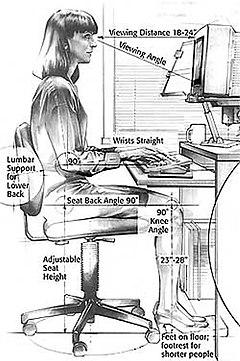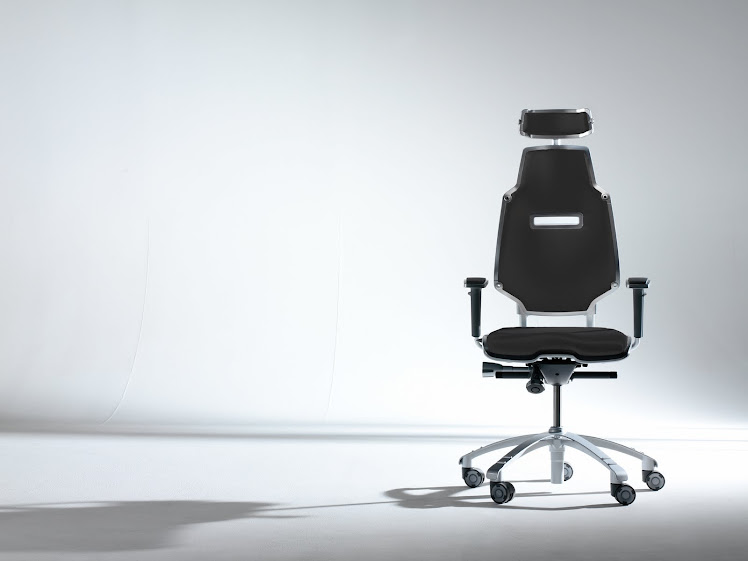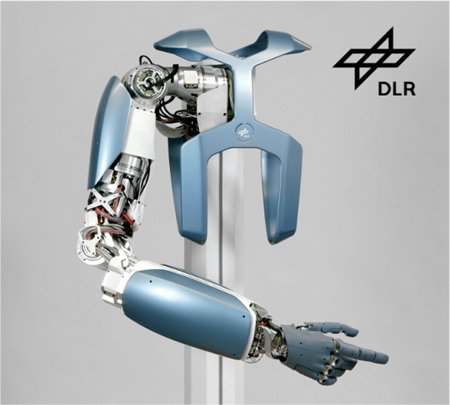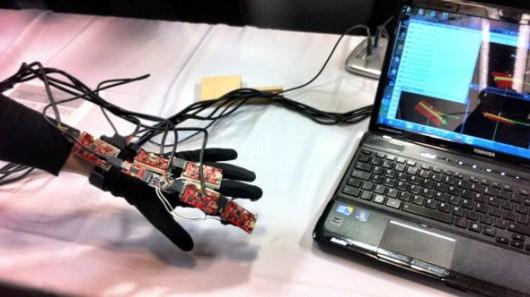Ergonomics advice does not always reflect the reality: "
 It is common for companies to invest in expensive office furniture in the belief that the furniture will encourage the worker to undertake tasks more safely. In most circumstances, this is a waste of money and a major distraction from managing safety throughout workplaces.
It is common for companies to invest in expensive office furniture in the belief that the furniture will encourage the worker to undertake tasks more safely. In most circumstances, this is a waste of money and a major distraction from managing safety throughout workplaces.
The safety message is also being confused by some OHS regulators. It is well-established that injured backs and other musculoskeletal injuries improve with movement rather than the traditional bed-rest. However this encouragement to move is not reflected in most of the advice for configuring workstations.
The reality of most desk-based work is that the amount of time spent in a sedentary position is small. We answer phones, we read documents, we type, we get up for a coffee, we rest our feet on a waste bin, we turn around and talk with our colleagues, and we go to the toilet. Rarely do we sit for any great length of time with our backs straight, our knees at 90 degrees and our feet flat on the floor.
Australian research into cardio-vascular disease some years ago identified regular movement as a control measure. New research from the WA Institute for Medical Research and University of Western Australia identifying some possible causes of cancers of the colon and rectum has come to the same conclusion.
According to a media release on the research from the Western Australian Institute of Medical Research (WAIMR):
“Compared with employees who did not spend any time in a sedentary occupation, study participants who spent 10 or more years working at a desk had almost twice the risk of distal colon cancer and a 44 per cent increased risk of rectal cancer, the study found.
“Sedentary behaviour appears to be an important risk factor for many chronic diseases,” Mr [Terry] Boyle said. “It’s important that office workers try to stand and take a break from sitting every 30 minutes, and do things like get up from their chairs and walk down the corridor to talk to colleagues rather than sending an email or making a phone call.””
A list of government, philanthropic and corporate sponsors are listed at the WAIMR website.
Clearly, it is important for desk workers to move about and regularly leave their desks. Boyle above recommends every 30 minutes and this may be a useful rule of thumb to apply. There is also the added benefit of contributing to a better organisational culture by talking directly with colleagues instead centring communications through the personal computer.
The emphasis on movement in office environments is under-emphasised by many government OHS publications on office ergonomics. Many of these publications do not reflect the reality. Movement is often encouraged through corporate well-being programs rather than through ergonomics yet ergonomics has always been about human factors, movement, interaction and well-being as the following definition indicates:
“…Ergonomics (or human factors) is the scientific discipline concerned with the understanding of interactions among humans and other elements of a system, and the profession that applies theory, principles, data and methods to design in order to optimize human well-being and overall system performance.”
What governments need to start researching is whether “ergonomic” office furniture is still required in most workplaces? That would mean “talking on” a substantial industry but isn’t that just one of the consequences of evidence-based decision making?
Kevin Jones









"
 Back in March, we saw a project using a head-mounted Kinect to sense and alert the user to obstacles in their path. Researchers at Luleå University of Technology in Sweden are working on a similar system, but building it into a wheelchair.
Back in March, we saw a project using a head-mounted Kinect to sense and alert the user to obstacles in their path. Researchers at Luleå University of Technology in Sweden are working on a similar system, but building it into a wheelchair.





 Anyone who has suffered from a stroke or deal with stroke patients know that time is of the essence when the stroke occurs – the earlier medical help is rendered, the faster and higher the chances of recovery. For those who have lost the use of a hand due to a stroke, it makes sense to make sure that paralyzed hand gets up and moving again, where
Anyone who has suffered from a stroke or deal with stroke patients know that time is of the essence when the stroke occurs – the earlier medical help is rendered, the faster and higher the chances of recovery. For those who have lost the use of a hand due to a stroke, it makes sense to make sure that paralyzed hand gets up and moving again, where